T4K3.news
Fossil tracks found after Texas floods
Cleanup in Sandy Creek area uncovers fossilized dinosaur tracks on private land, researchers plan 3D models for study.
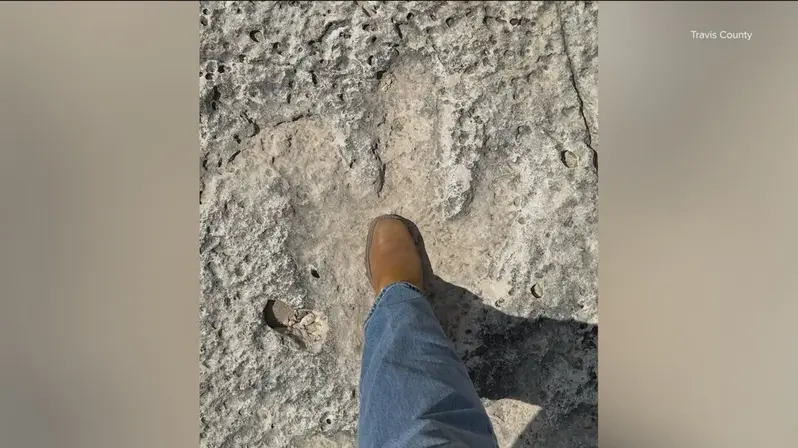
Cleanup after floods in Central Texas reveals fossilized dinosaur tracks on private land near Sandy Creek.
Floods uncover dinosaur tracks in Sandy Creek area
LEANDER, Texas — Just over a month after severe flooding swept through Central Texas, cleanup in the Sandy Creek area uncovered fossilized dinosaur tracks on private property. Vegetation that once hid the tracks was stripped away by floodwaters, allowing paleontologists to inspect the site and begin the documentation process.
Paleontologists from the University of Texas at Austin were called to examine the footprints. Matthew Brown said natural disasters often reveal fossils that would otherwise stay buried, and the tracks are believed to belong to an Acrocanthosaurus dating back more than 115 million years. While Brown notes the print resembles a Tyrannosaurus Rex, the two species lived about 40 million years apart. Researchers plan to create 3D replicas using drones and laser surface scanners to study the site without further disturbing it.
Key Takeaways
"Whenever there's any kind of cataclysmic event, floods, things that are very destructive to our human experience, they also are uncovering a lot of new fossils."
Brown on how disasters reveal fossils
"It superficially would have looked kind of like a Tyrannosaurus Rex, even though those two species lived about 40 million years apart."
Brown explaining the identification of the track
"Seeing the footprints on the site where these dinosaurs walked brings home that they were living creatures."
Editorial reflection on the significance of the footprints
Natural disasters can act as unplanned gateways to the past, surfacing fossils in places people are actively cleaning up after damage. The find also spotlights the tension between private property and scientific access, especially when a community is still rebuilding. As researchers collect data, communities may push for clear safeguards and funding to preserve such sites for education and research.
The story shows how science thrives on local curiosity and collaboration. If communities and universities partner, these discoveries can fuel learning, tourism, and better protection of vulnerable areas while the landscape heals.
Highlights
- Disaster opens a door to a past no classroom can explain
- Footprints in mud become time machines for curious minds
- Science rides the floods to touch a world that vanished long ago
- A private yard can hide ancient stories waiting for the right storm
The past has a way of showing up when the present is busy rebuilding.
Enjoyed this? Let your friends know!
Related News
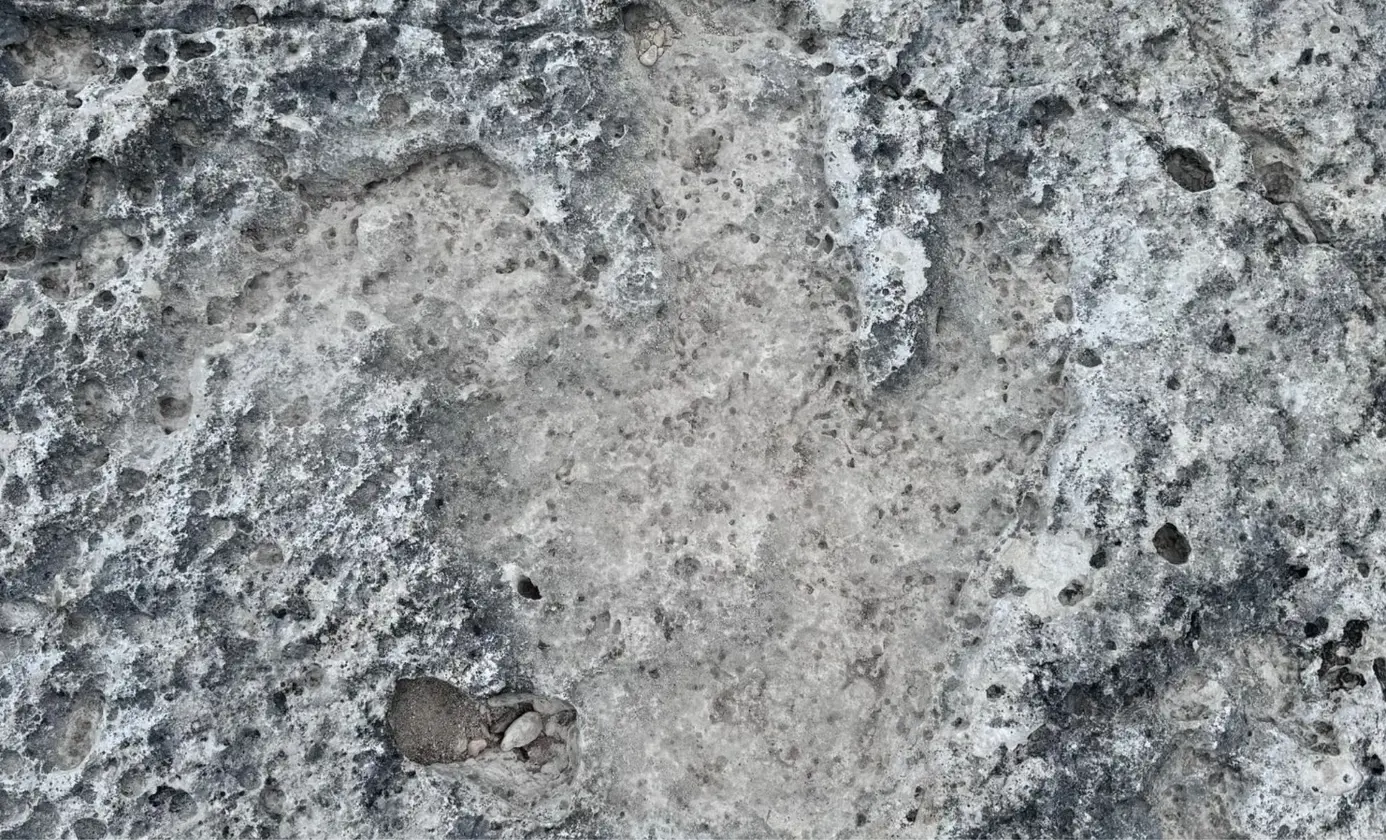
Fossil footprints found after floods in Texas
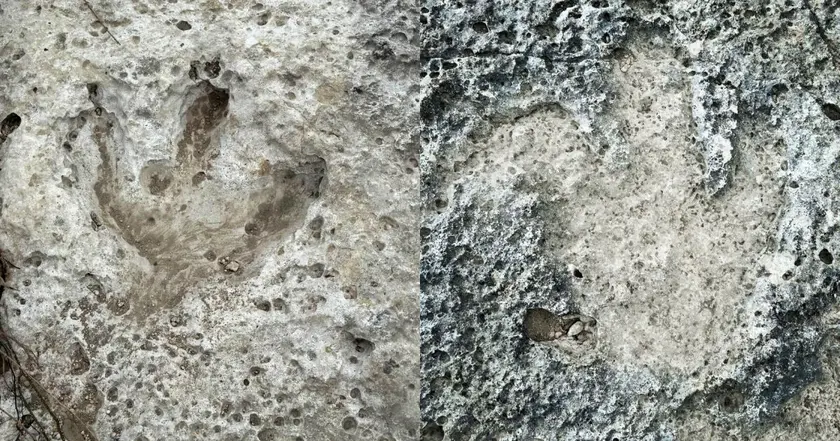
Ancient dinosaur footprints revealed in Central Texas
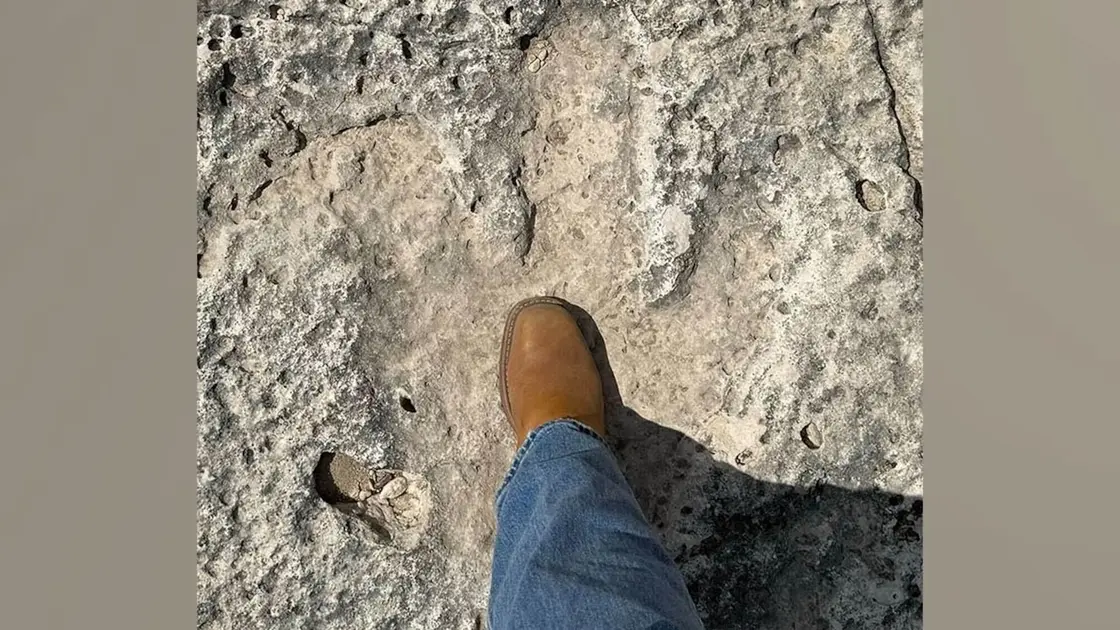
New dinosaur footprints found in Texas

Record cancellations lead to falling house prices
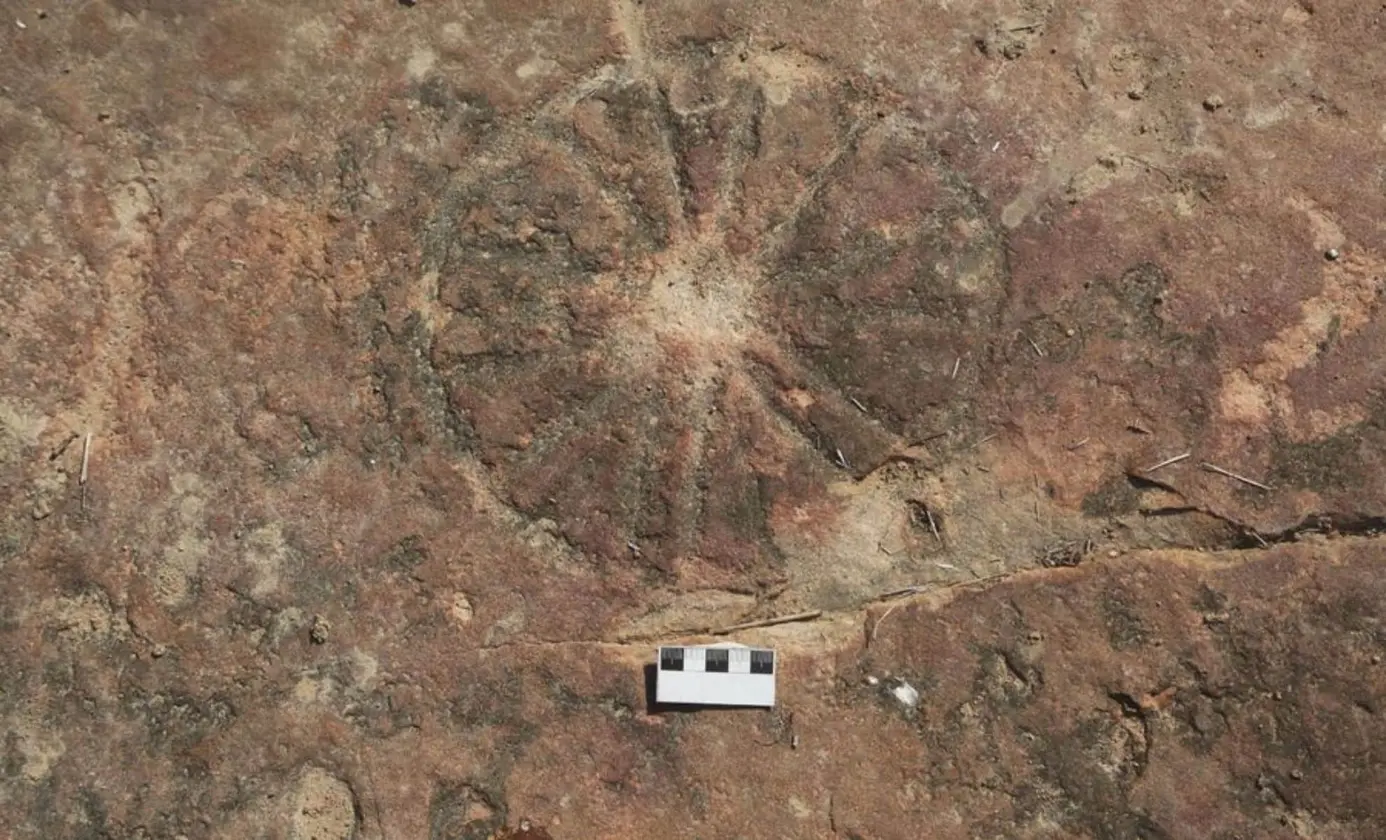
Ancient Drawings Found Near Dinosaur Footprints
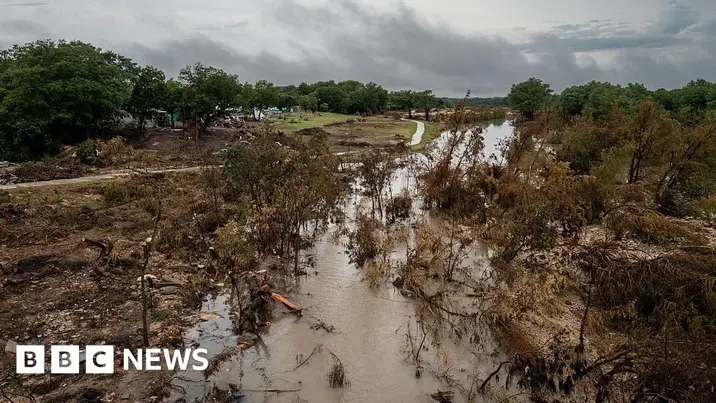
Number of missing persons in Texas floods falls to three

Texas Democrats flee state to block GOP redistricting
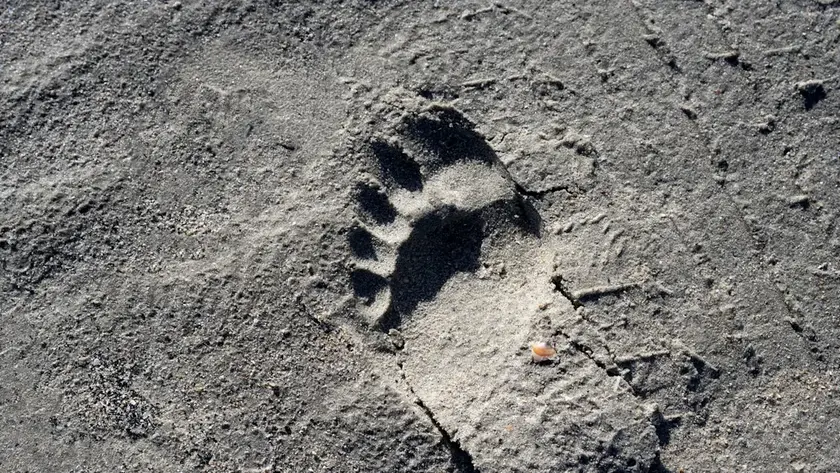
Neanderthal Footprints Discovered in Portugal
